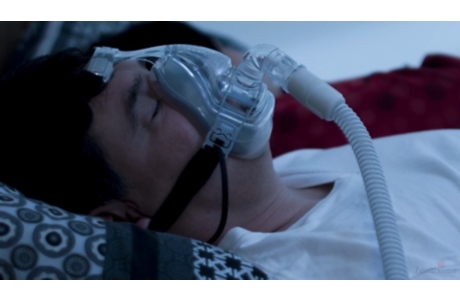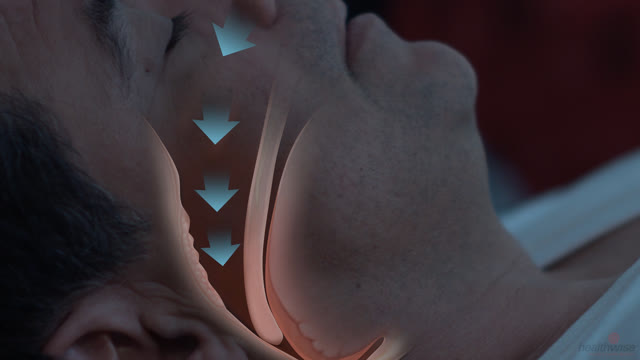Overview
Sleep apnea occurs when you regularly stop breathing for 10 seconds or longer during sleep. It can be mild, moderate, or severe, based on the number of times an hour that you stop breathing (apnea) or that airflow to your lungs is reduced (hypopnea). This is called the apnea-hypopnea index (AHI).
- Mild apnea. Mild apnea is defined as 5 to 14 episodes of apnea or reduced airflow to the lungs every hour. Symptoms may include drowsiness or falling asleep during activities that do not require much attention, such as watching television or reading. These symptoms may cause only minor problems at work or while spending time with friends or family.
- Moderate apnea. Moderate apnea is defined as 15 to 29 episodes of apnea or reduced airflow to the lungs every hour. Symptoms may include drowsiness or falling asleep during activities that require some attention, such as attending a concert or a meeting. These symptoms may cause moderate problems with work or social functioning.
- Severe apnea. Severe apnea is defined as 30 or more episodes of apnea or reduced airflow to the lungs every hour. Symptoms may include drowsiness or falling asleep during activities that require active attention, such as eating, talking, driving, or walking. These symptoms may cause severe problems with work or social functioning.
Sleep apnea may be classified differently in children, because they are still developing and they normally breathe at a faster rate than adults do.
Credits
Current as of: July 31, 2024







